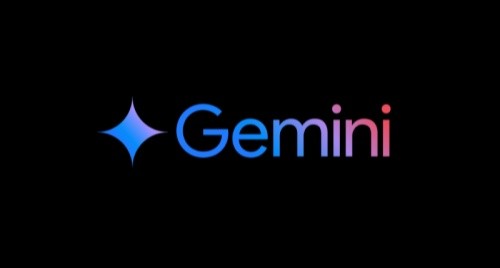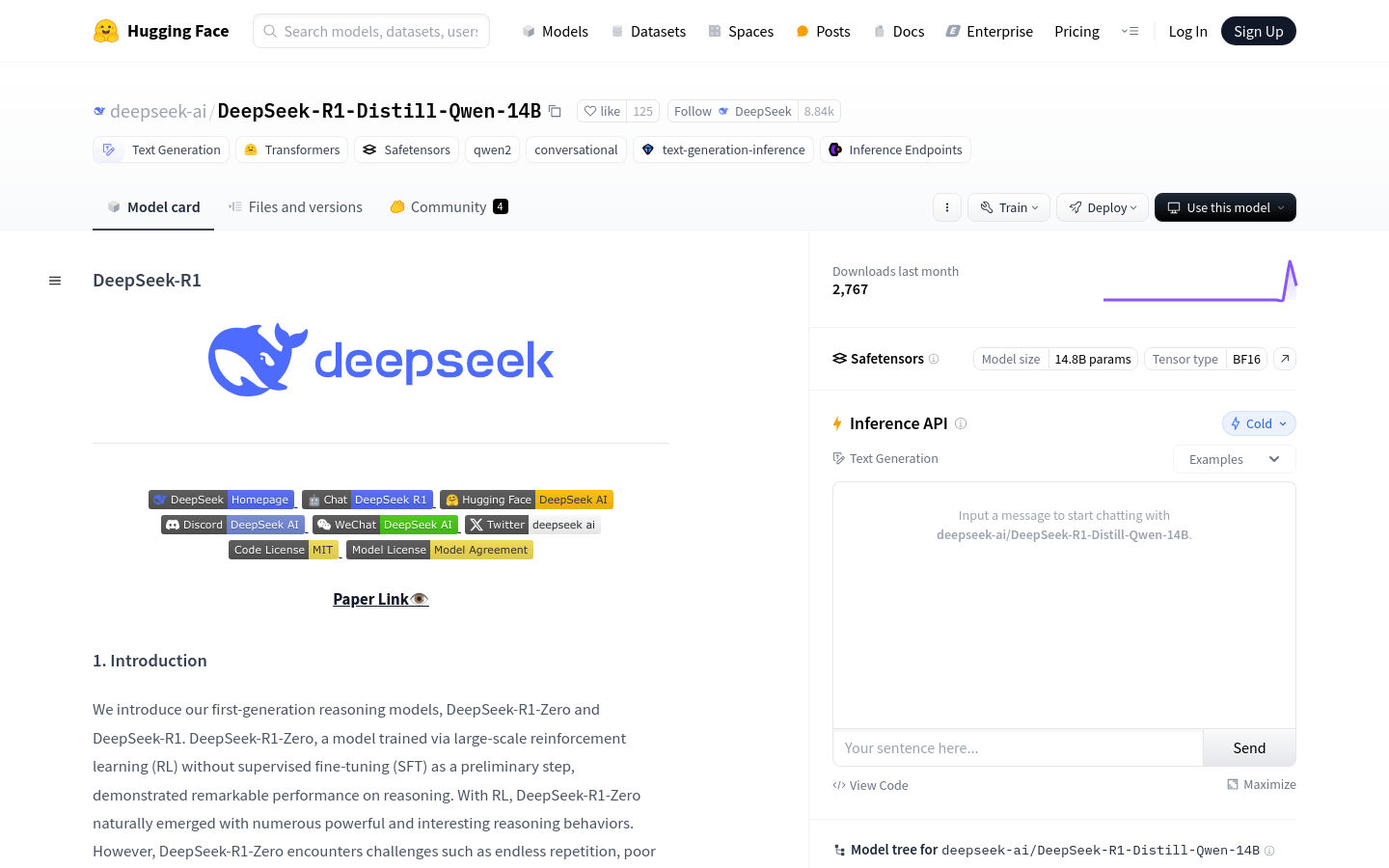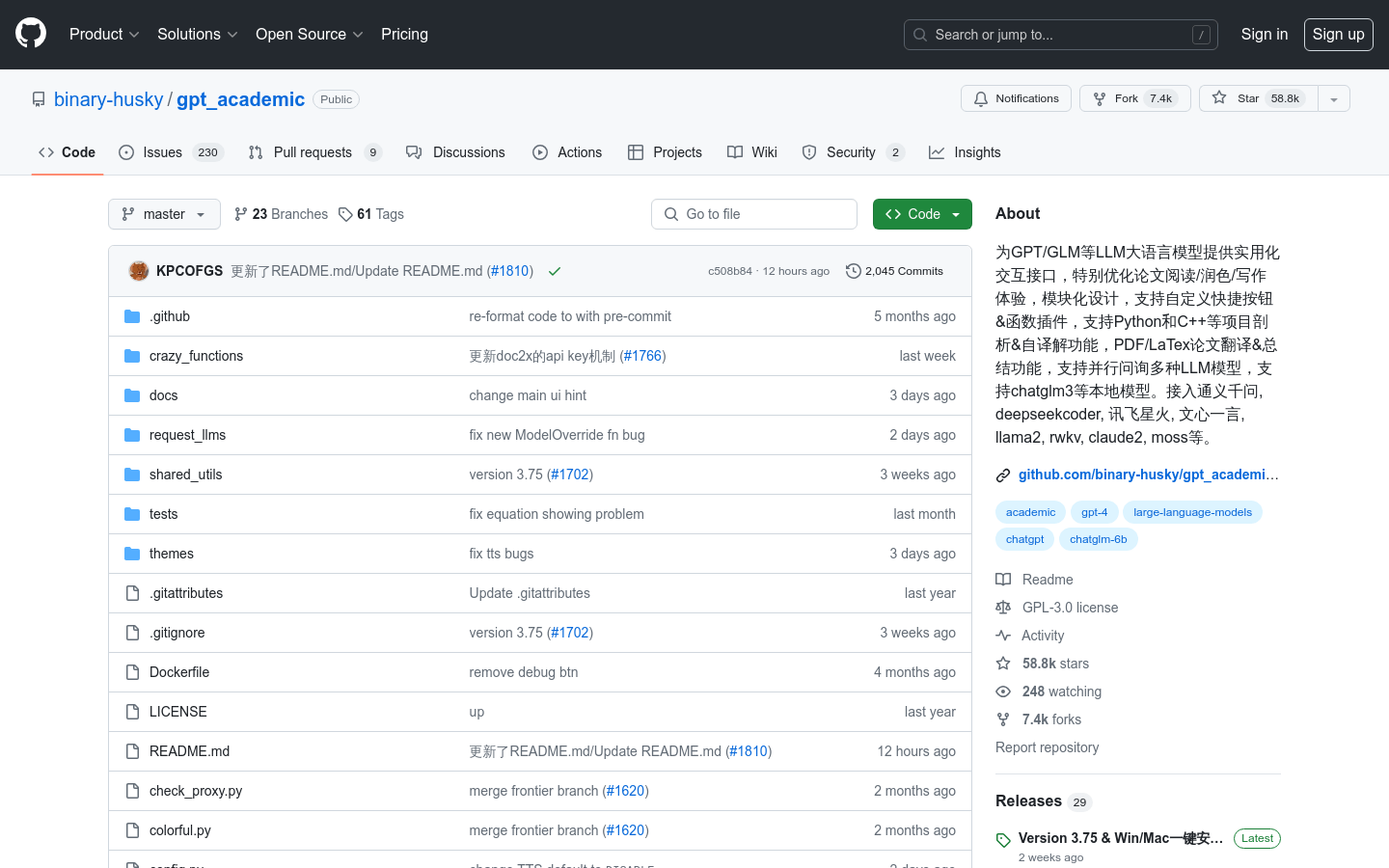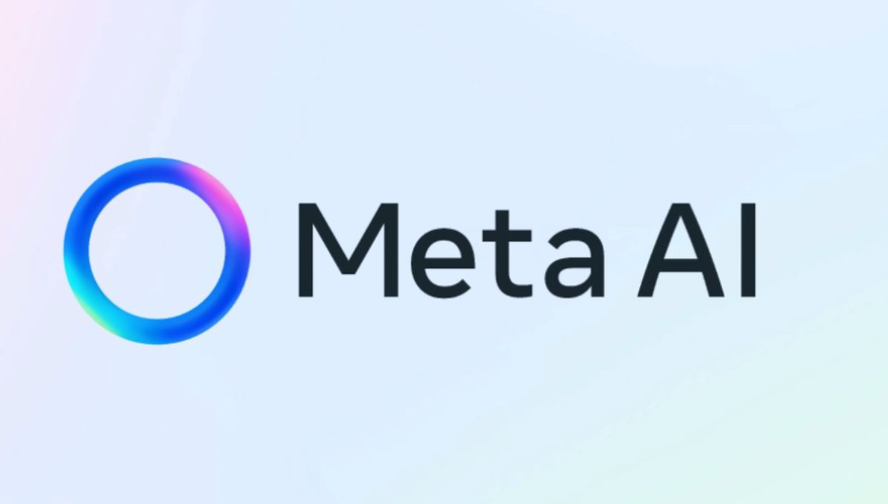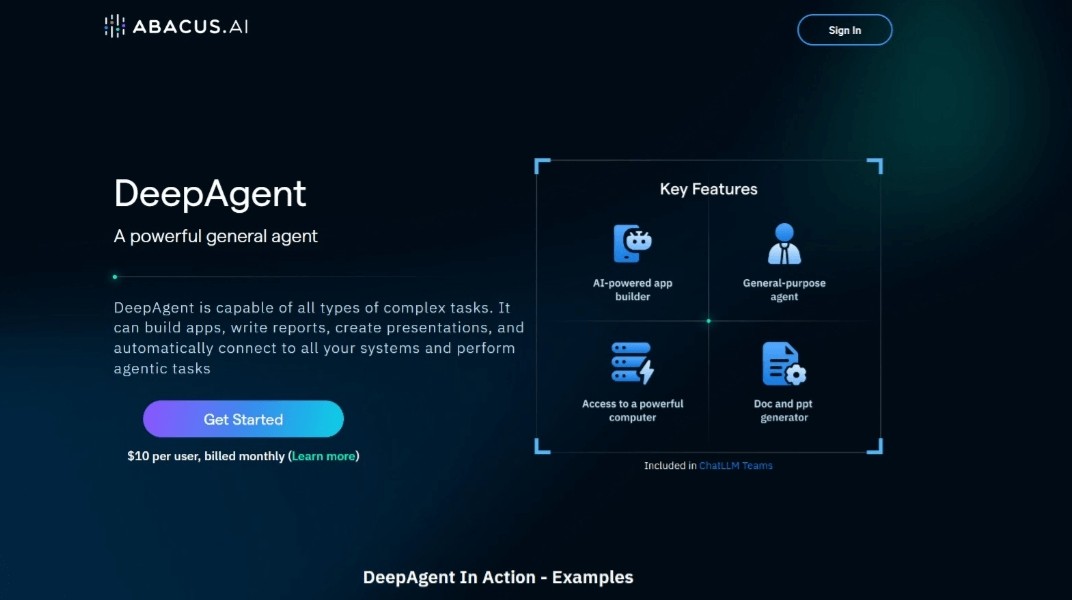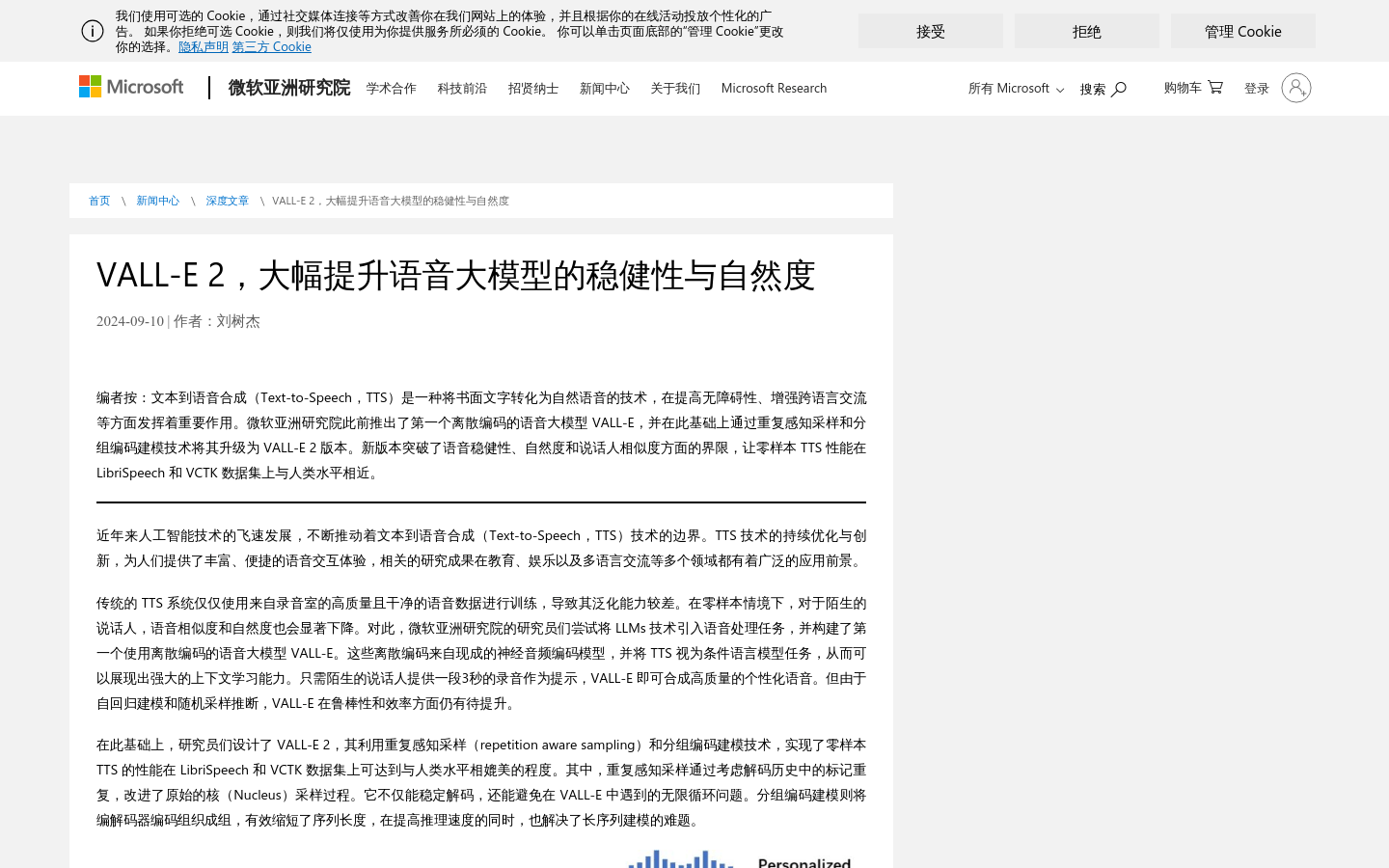
VALL-E 2 is a speech synthesis model launched by Microsoft Research Asia. It uses repeated perceptual sampling and group coding modeling technology to greatly improve the robustness and naturalness of speech synthesis. This model can convert written text into natural speech and is suitable for many fields such as education, entertainment, and multilingual communication. It plays an important role in improving accessibility and enhancing cross-language communication.
Demand group:
" VALL-E 2 is suitable for enterprises and research institutions that require high-quality speech synthesis, such as speech teaching material production in the education field, speech character generation in the entertainment industry, speech translation in multi-language communication, etc. Its high degree of naturalness and speaker similarity , giving it significant advantages in improving user experience and barrier-free communication."
Example of usage scenario:
Generate speech for people with aphasia to help them communicate in daily life
In the field of education, we provide natural pronunciation phonetic teaching materials for students learning foreign languages.
In the entertainment industry, generating realistic voices for video game characters to enhance the gaming experience
Product features:
Utilize discretely encoded speech large models to demonstrate powerful context learning capabilities
It only takes 3 seconds of recording as a prompt to synthesize a personalized voice
Repeated perceptual sampling technology improves the original kernel sampling process, stabilizes decoding and avoids infinite loop problems
Group coding modeling technology effectively shortens sequence length and improves reasoning speed
Zero-shot TTS performance is close to human level on LibriSpeech and VCTK datasets
Can generate accurate and natural speech that is more consistent with the original speaker's voice
Usage tutorial:
Step 1: Obtain the permission to use the VALL-E 2 model
Step 2: Prepare a 3-second recording of the speaker as a prompt
Step 3: Enter the text content that needs to be converted into speech
Step 4: Use VALL-E 2 model for speech synthesis
Step 5: Adjust model parameters to optimize the naturalness and speaker similarity of speech
Step 6: Generate and export the synthesized voice file
Step 7: Apply the synthesized voice to the corresponding scene or product

